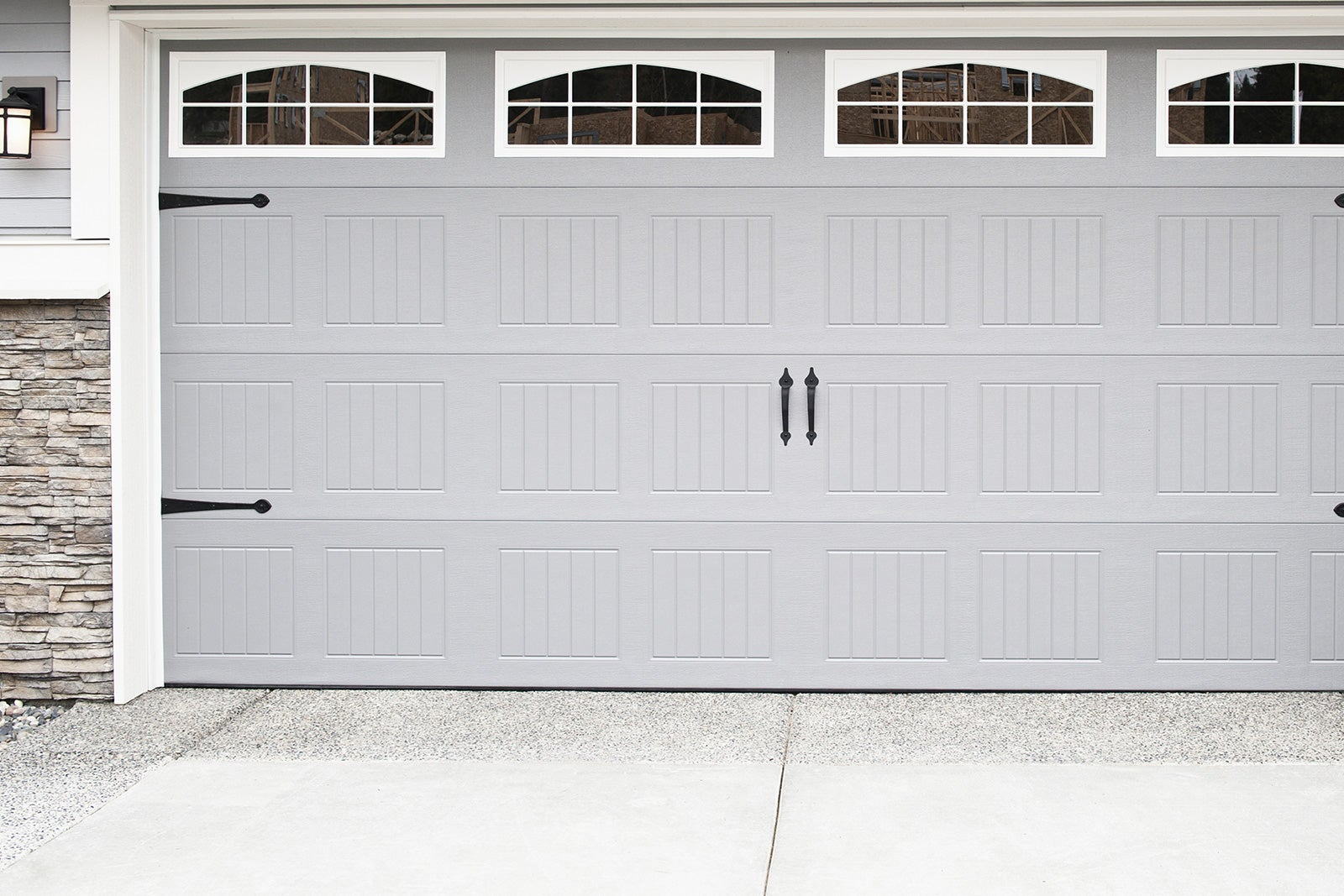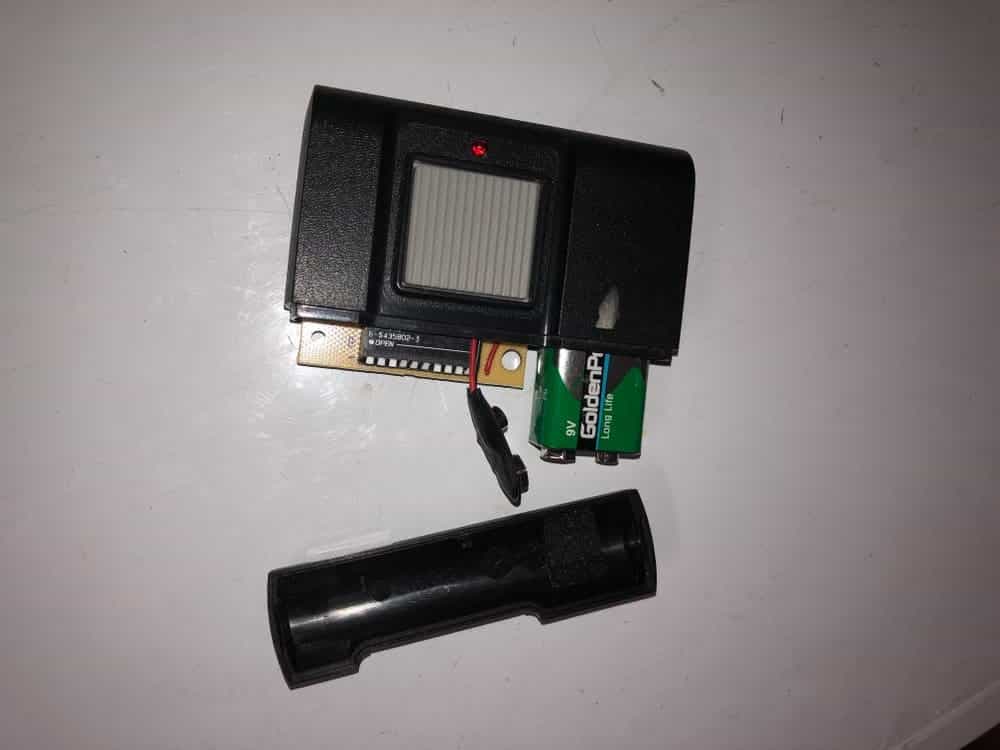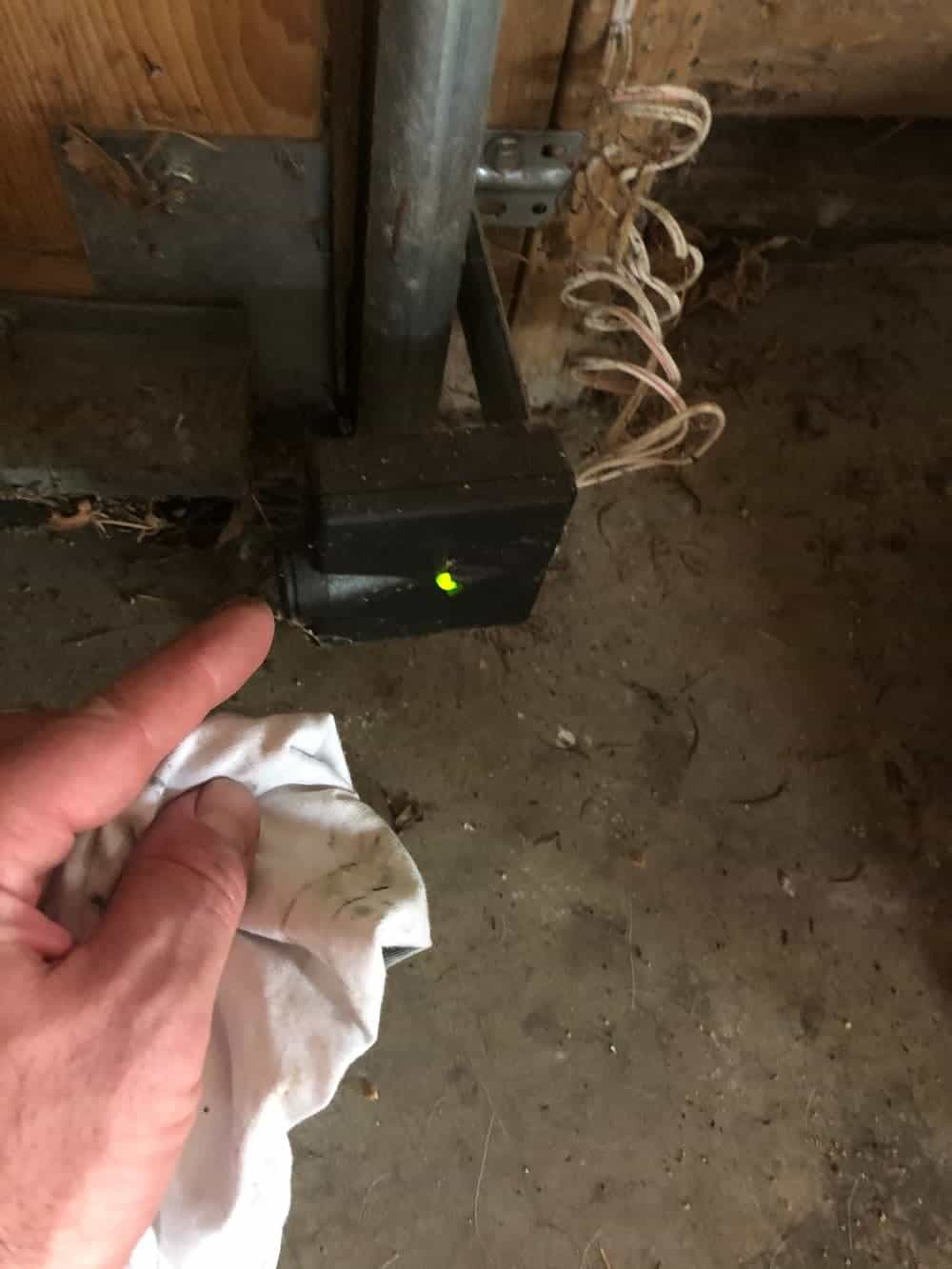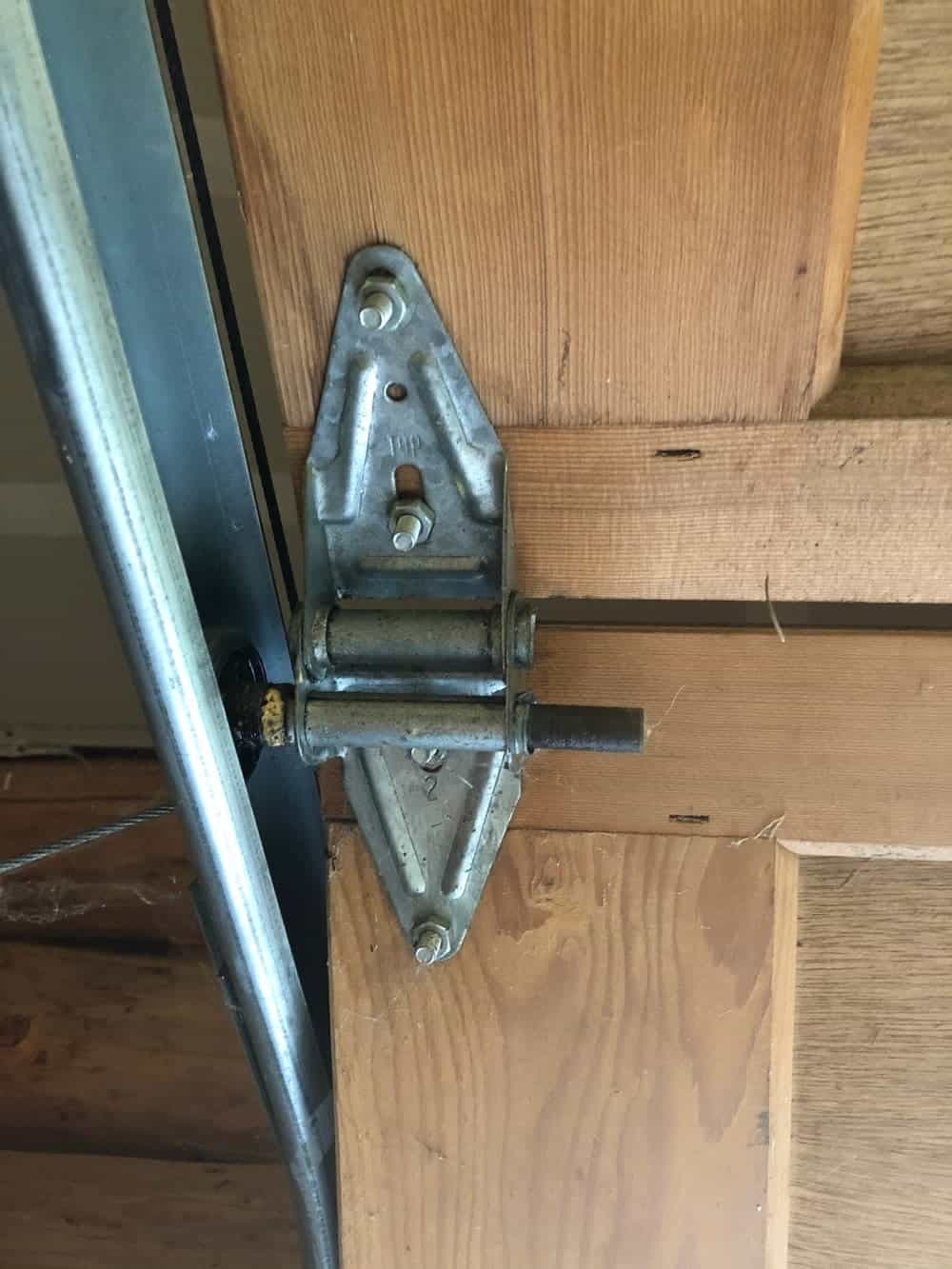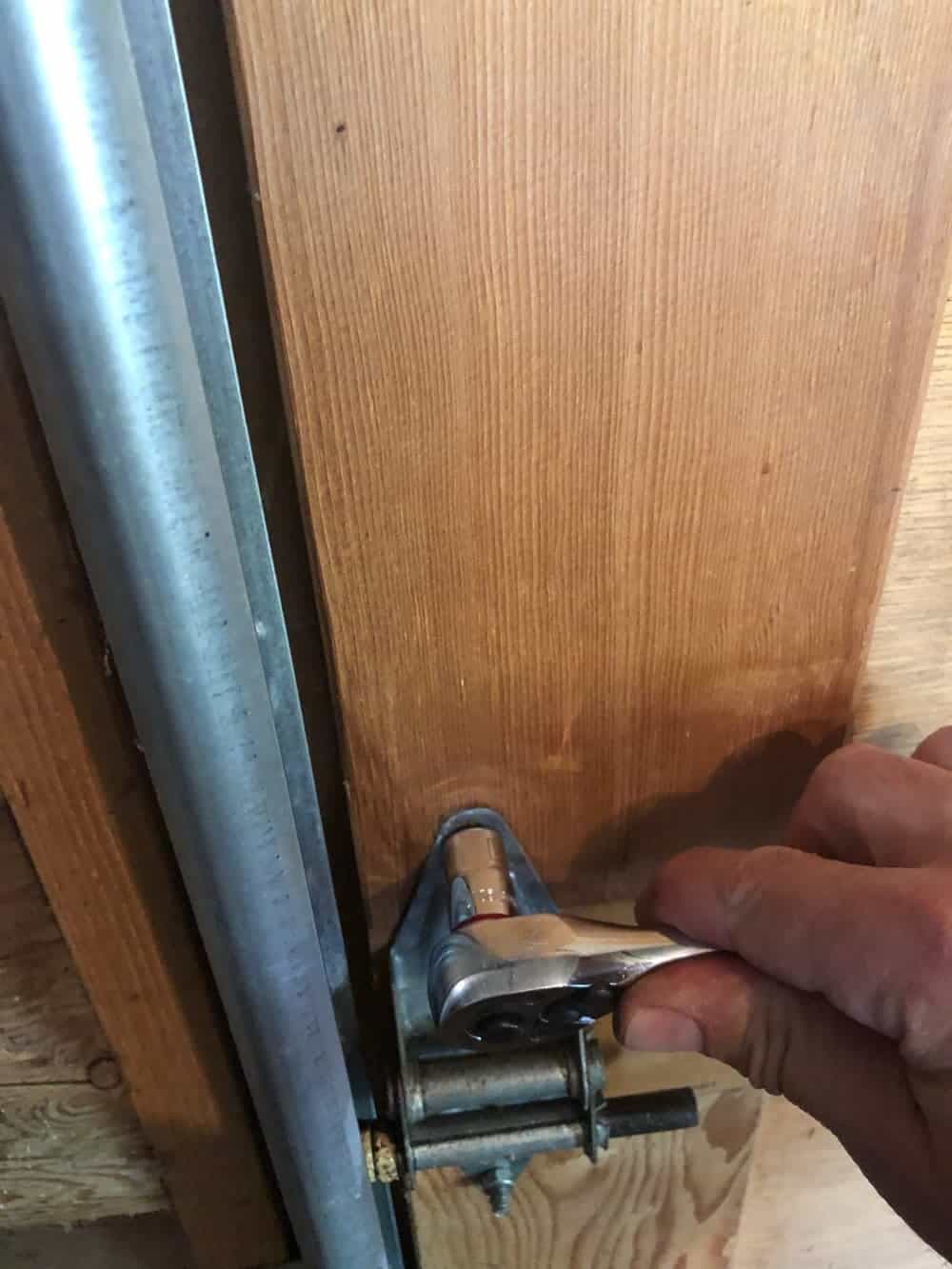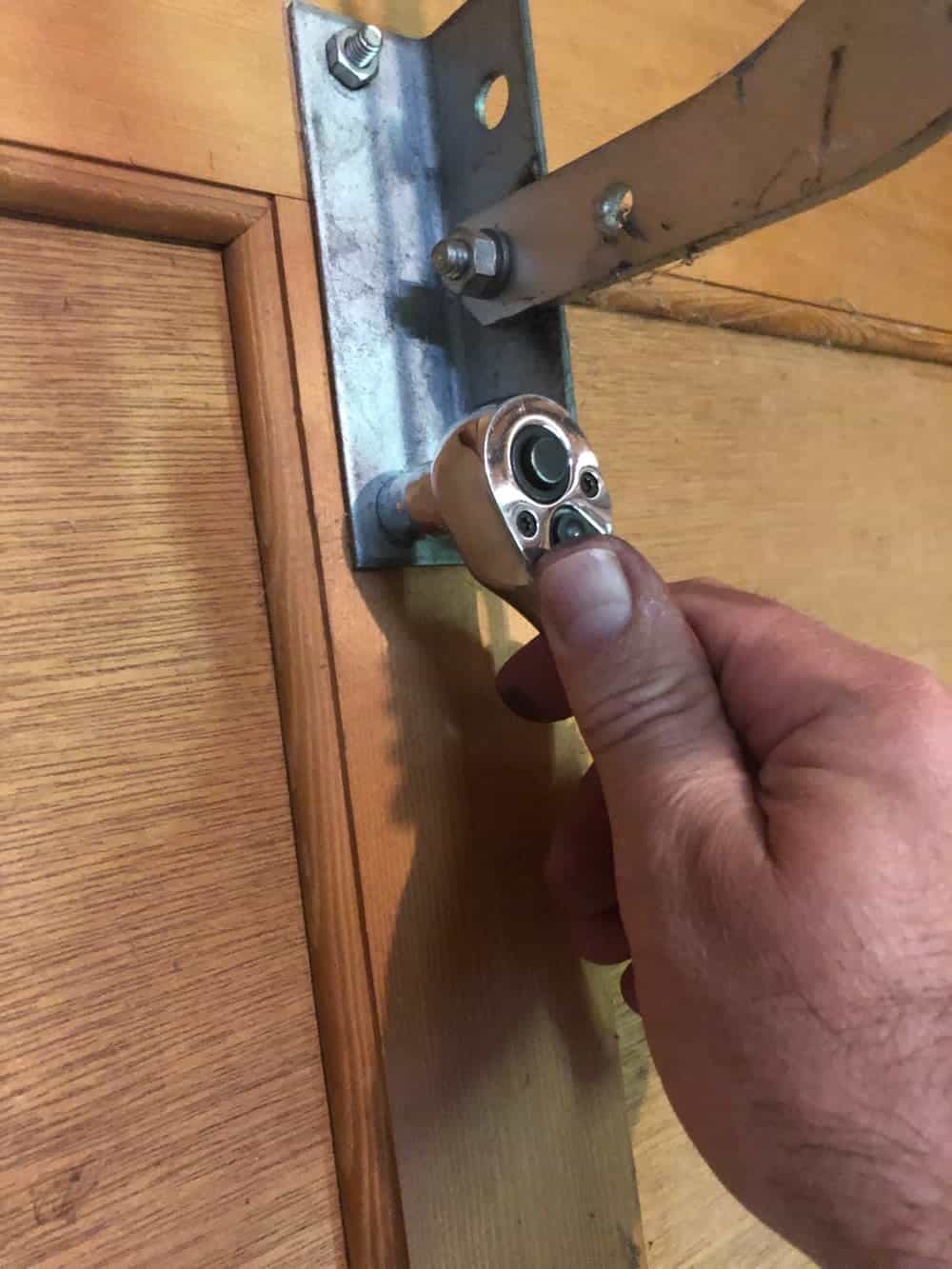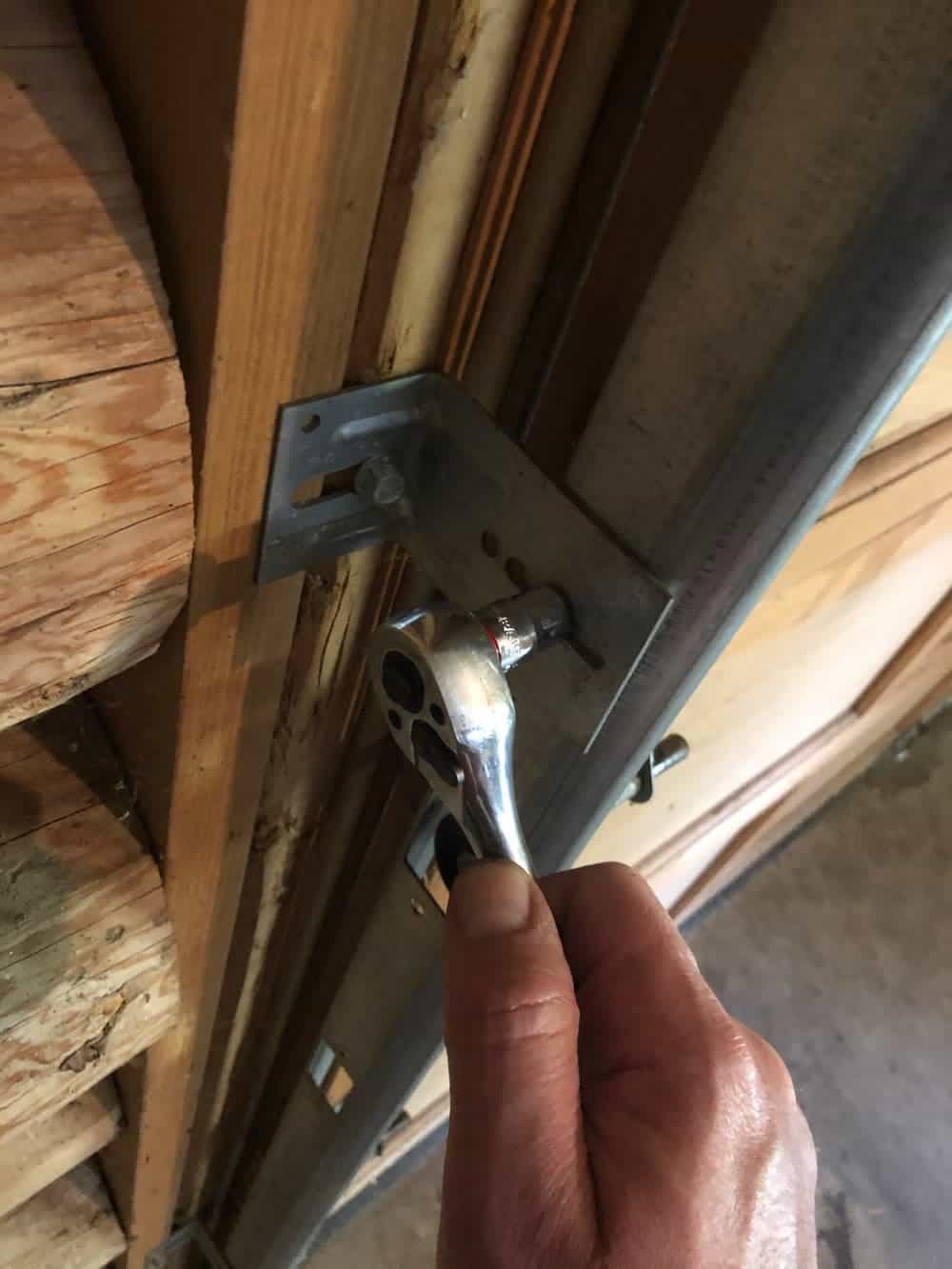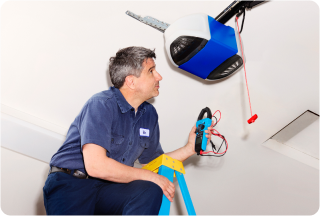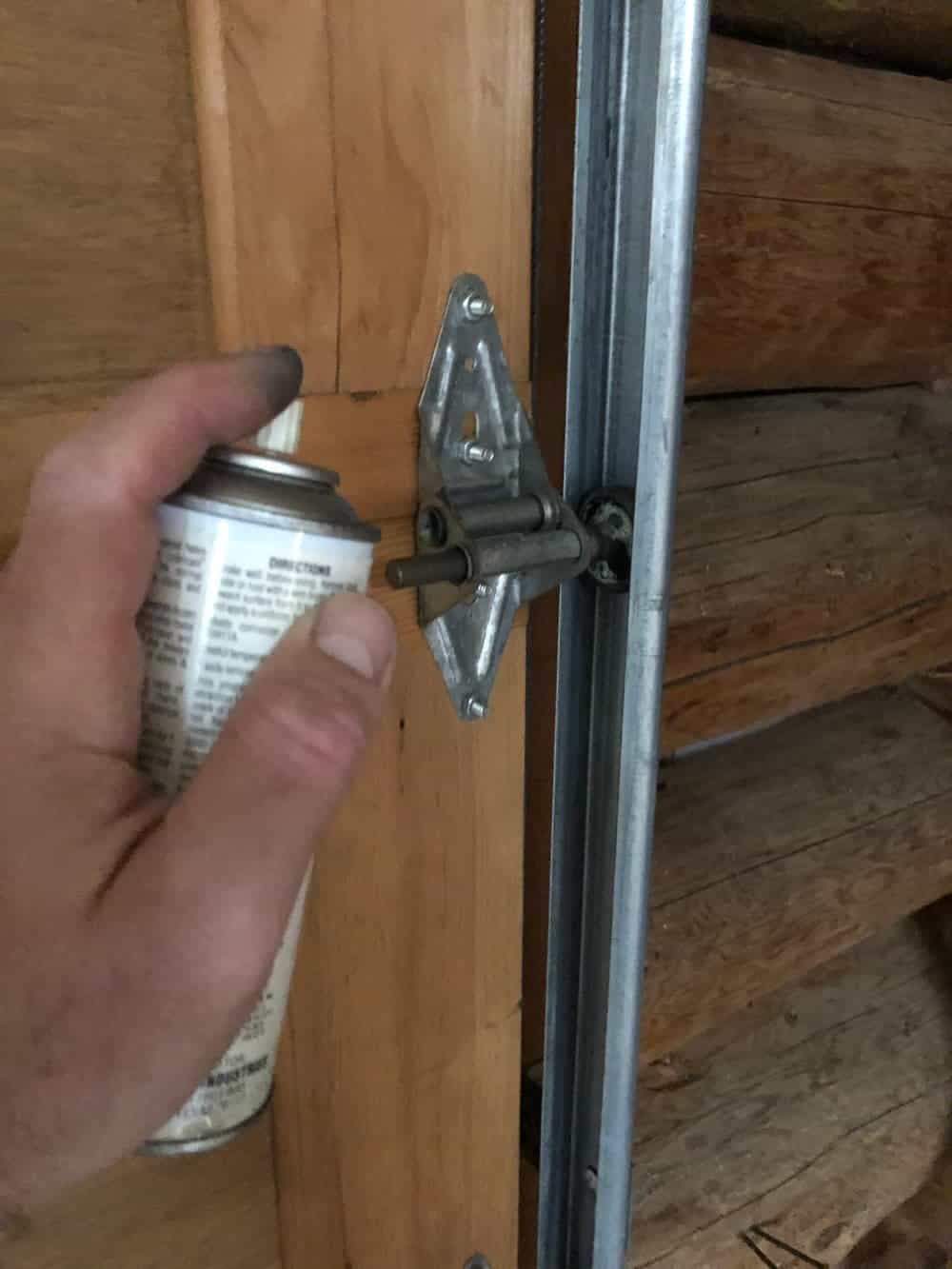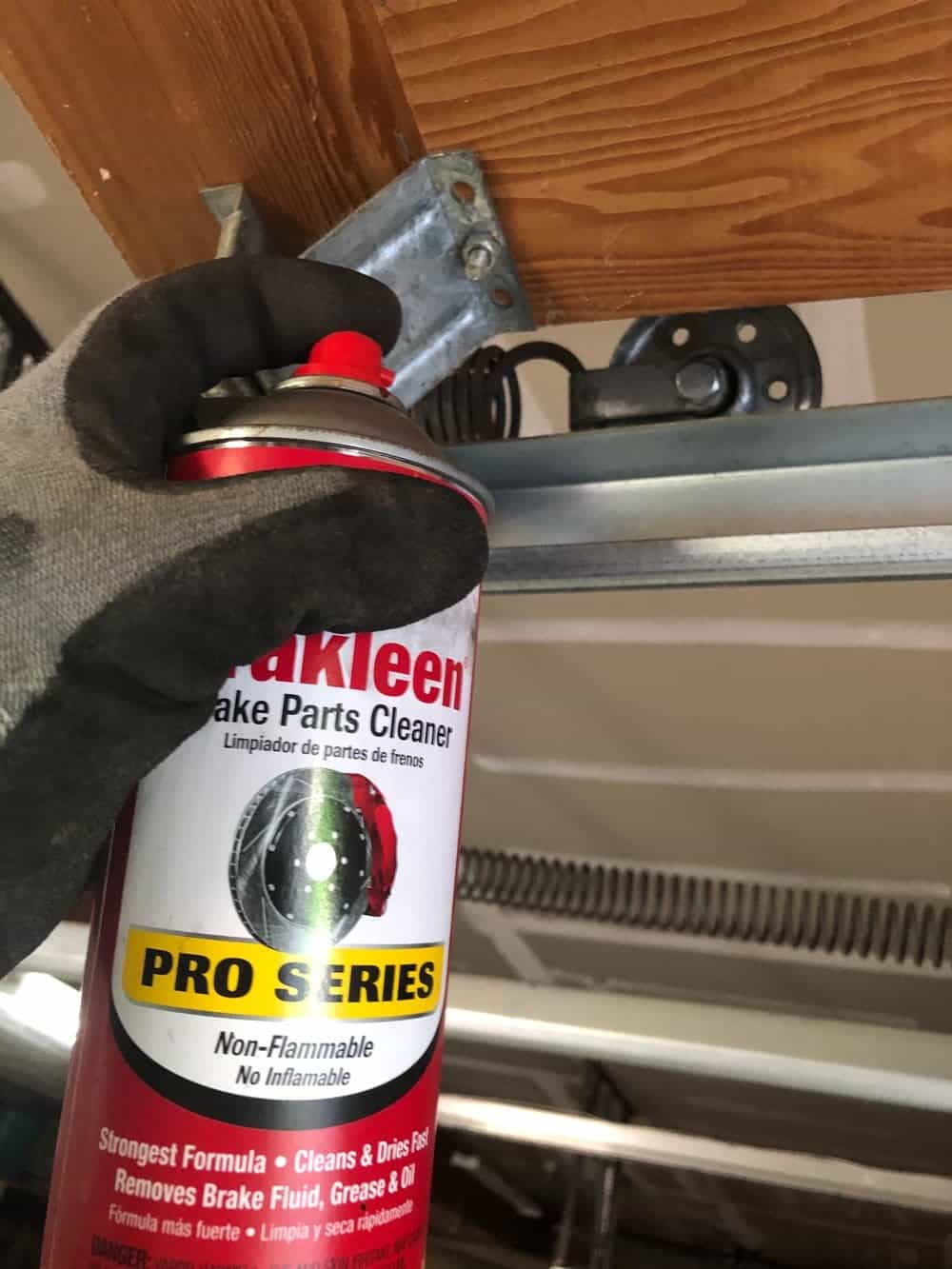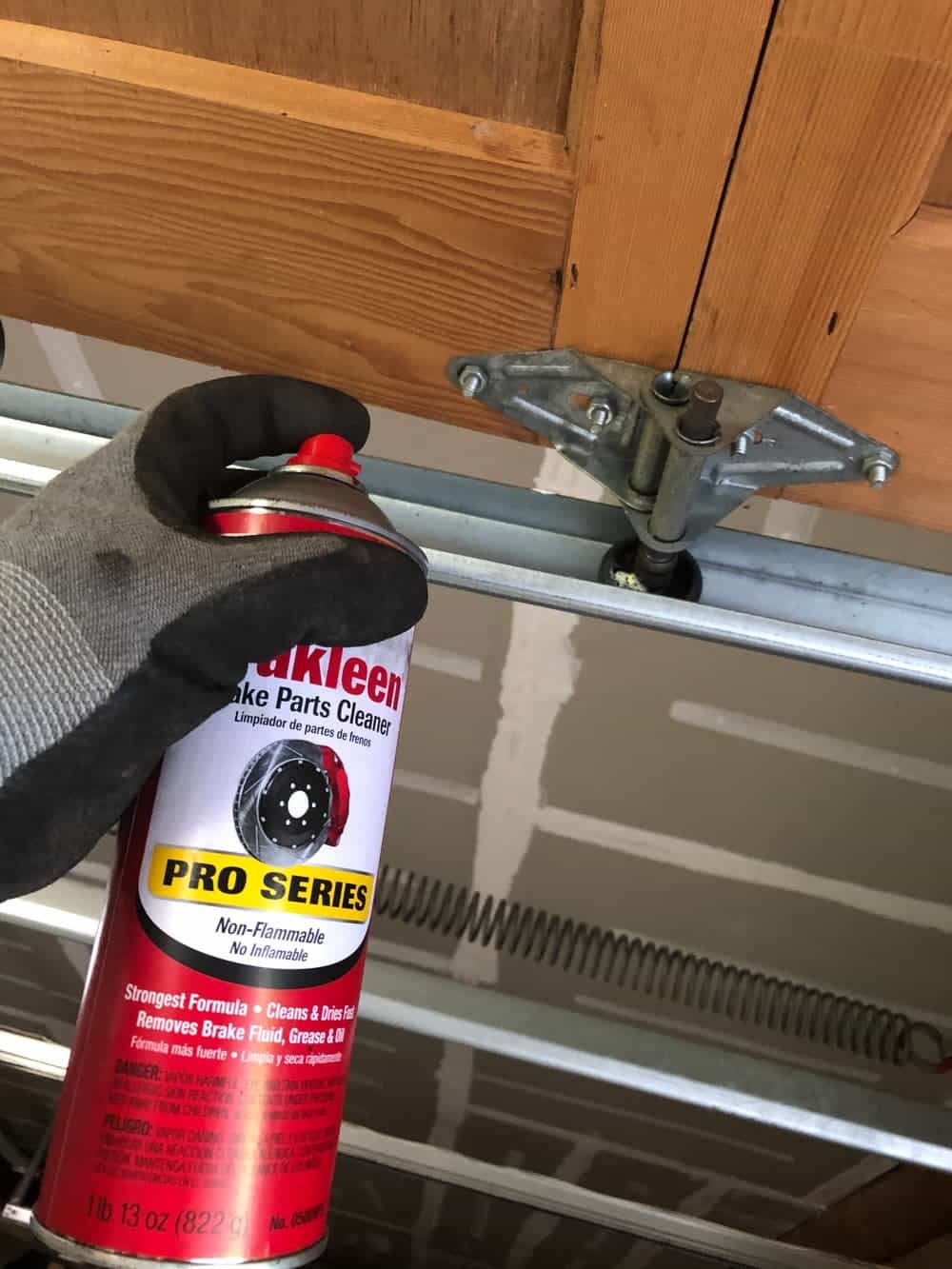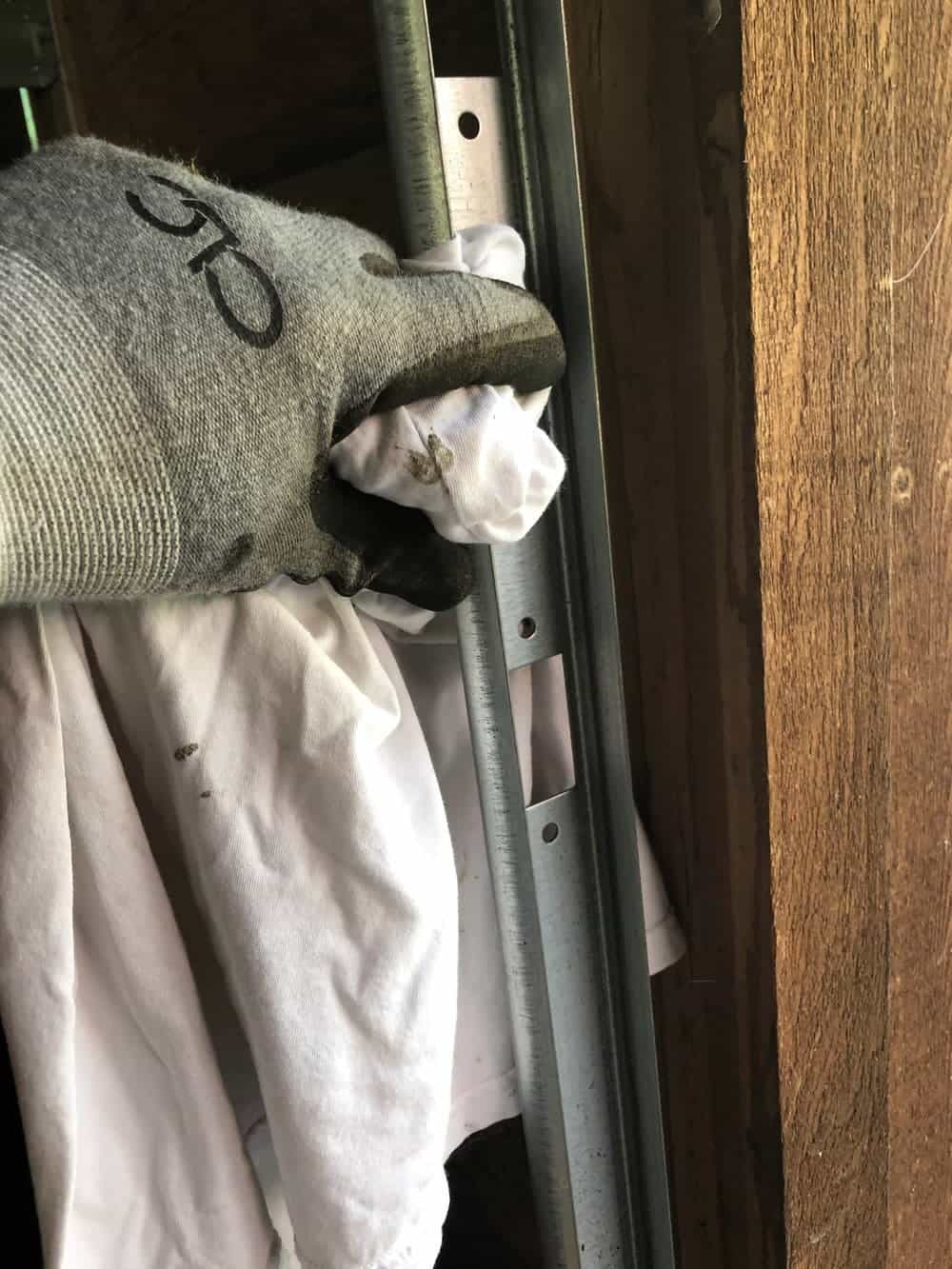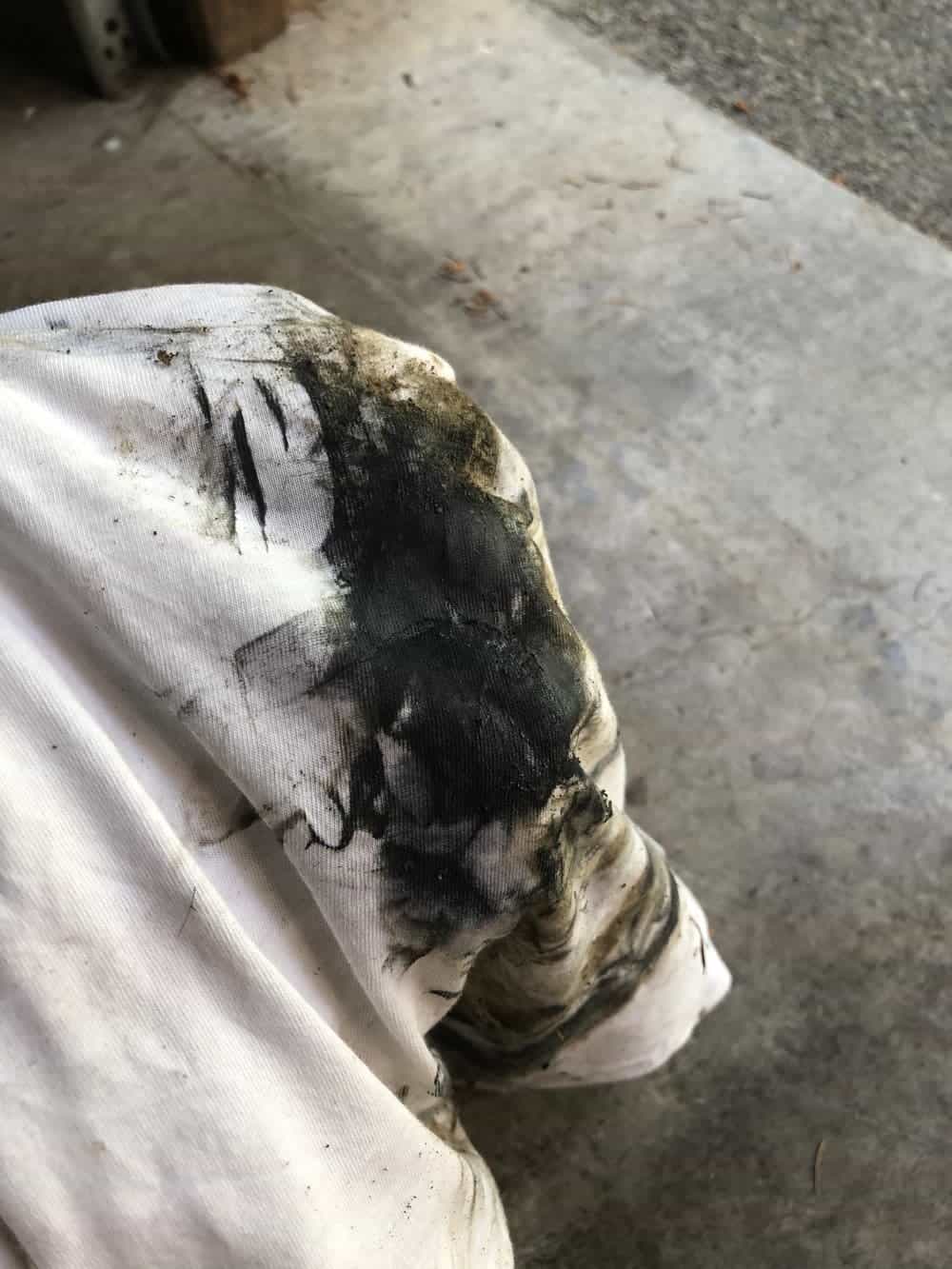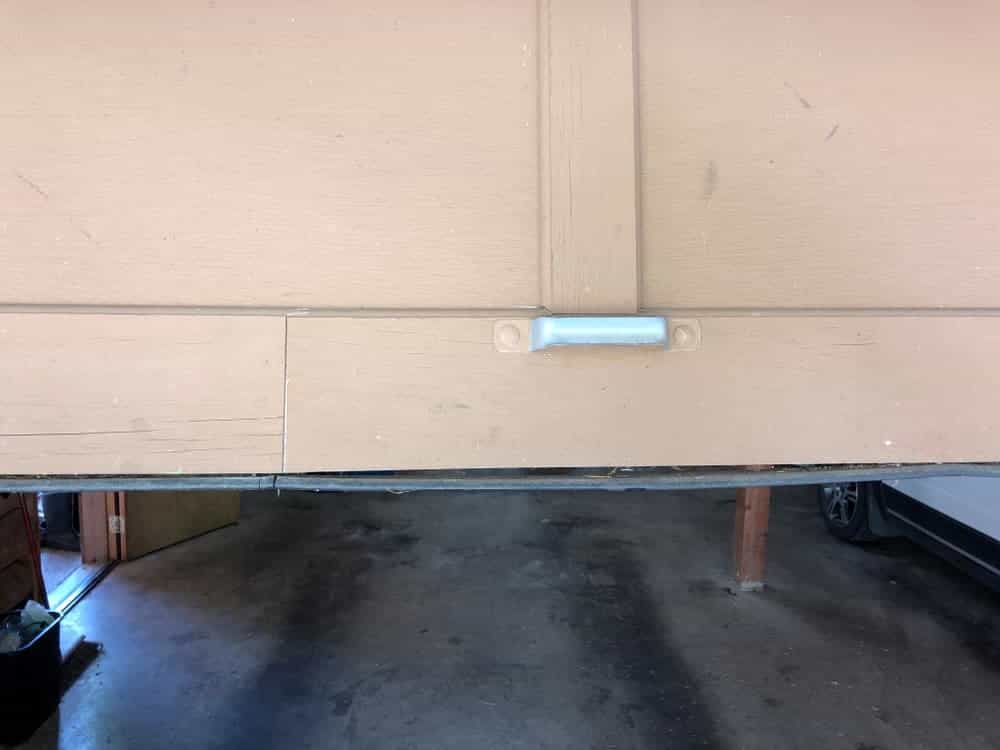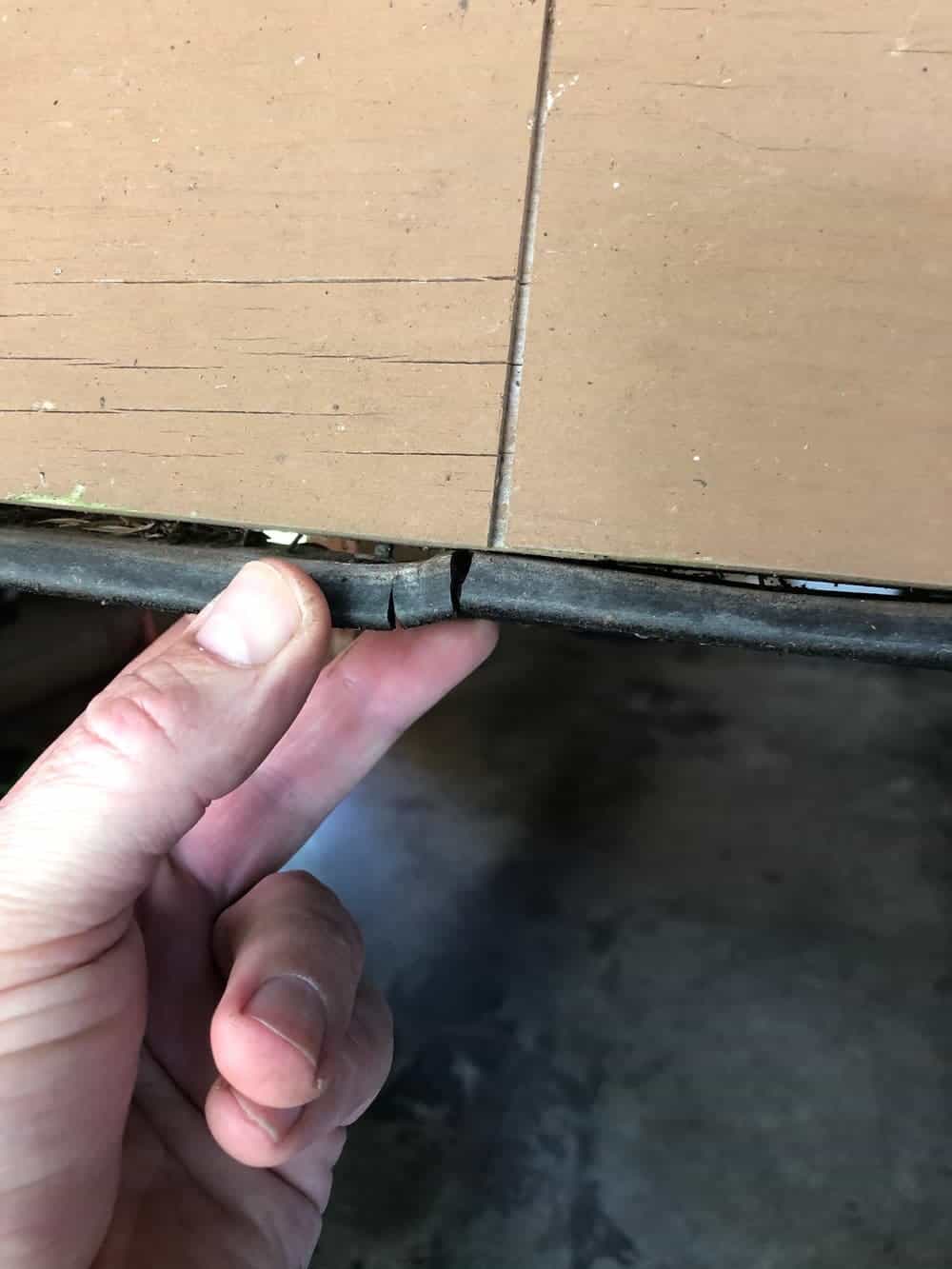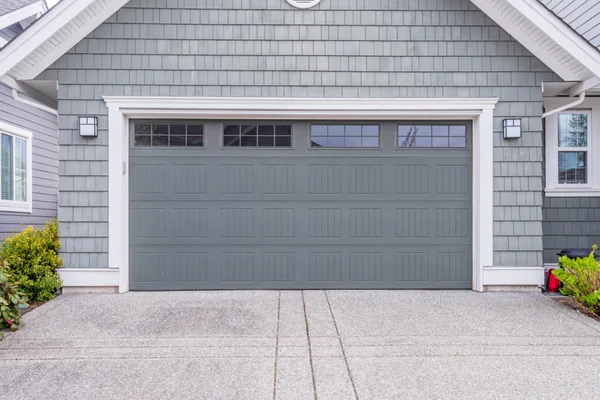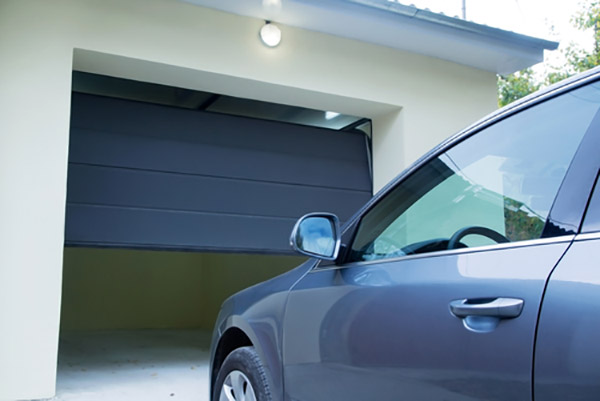3
Lubricate The Moving Parts
If your garage door is making noise that sounds like loud squealing, squeaking, or shrieking, you may need to lubricate the moving parts. This is a good garage door maintenance tip to do at least once a year to make sure everything is moving properly.
Use a lithium-based garage door lubricant, which usually comes in a spray can. Apply it to the hinges, spritzing one or two sprays on each hinge right where it meets the bend of the track.
You shouldn’t lubricate nylon rollers, but if you have metal rollers, use the thin hose attachment on the can to spray inside the rollers. There are ball bearings in the rollers that need some grease once in a while. If you see any exposed ball bearings, lubricate them thoroughly.
Locate the springs at the top of your garage door and lubricate these thoroughly, too. Find the bearing plates, the moving circular parts on each side of the spring, and spray lubricant in the center of these and grease the outside of the spring. Spread the grease around by opening and closing the garage door a couple of times.
Since you already have the lubricant out, now would be a good time to lubricate all of the locks on your garage. Spray lubricant directly into the keyhole.
